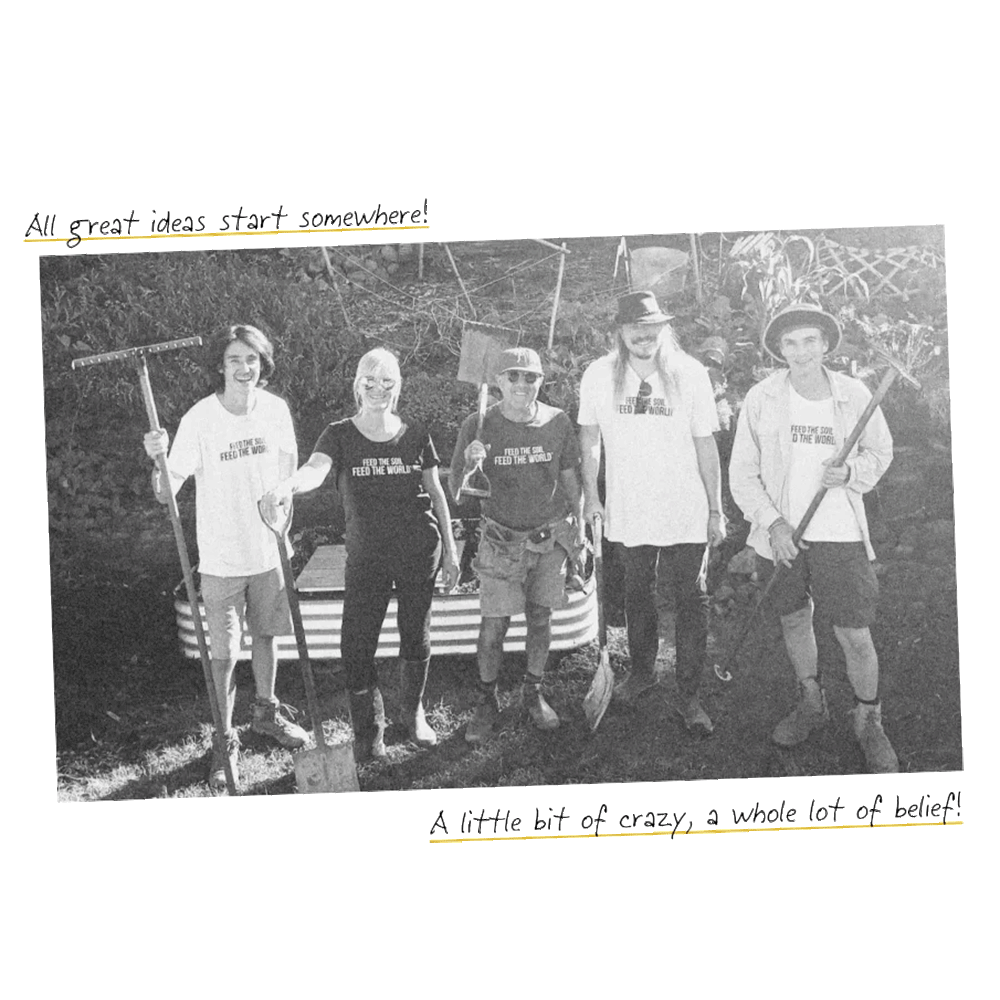It can take up to 6 months for your Subpod to fill up, especially if you have a big population of worms helping you compost. But when that day comes you’ll be prepared, thanks to this article.
How full should you let your Subpod get?
So, first things first, let’s talk about what we mean by ‘full’.
The worm divider inside Subpod Classic has little numbers along the back of it, starting at 1 and ending at 3. Each of these are levels, and they help you tell when your Subpod is getting full.
Ideally, your Subpod should never be at the point of overflowing with worm castings. We suggest alternating which side you feed every time you add new waste into the system. Then, once the castings reach the 3rd level on the worm divider, choose one side to fill up to the 4th level.
The reason you do this is so there’s room left in the other bay, so you can feed that side and draw the worms out of your finished compost in the other bay. Harvesting worm-free compost from a Subpod that’s totally filled up on both sides is pretty tricky, and we wouldn’t recommend it.
Does Subpod have to be full to harvest compost?
Nope! You can grab handfuls of castings from your Subpod at any time, and either spread them on your garden or soak them in water to create a nutrient rich ‘liquid fertiliser’ (tutorial coming soon).
Doing this will slow down how long it takes your Subpod to fill up completely, which might be a pro or con depending on your goals. So keep that in mind!
How to harvest compost from a full bay in the Subpod
We’ve got an easy course on our community website, Grow Hub, that runs you through this process step by step – but let’s do a quick summary here anyway.
What you'll need
- The compost in your Subpod should be at least at level 2 on the divider panel
- 1 x Bucket or tub
- 1 x Aerator or trowel
The side of your Subpod you want to harvest from should have gone unfed for about 3 weeks. The reason you do this is to encourage the worms to move into the other compost bay, and not get scooped out as you harvest.
If the compost has been left to sit for 3 weeks, drill down into it with your aerator and pull a chunk up to check for worms. If you can’t see any, you’re good to go! Just add that compost wherever you want.
Please note: You should leave enough compost at the bottom of the bay to fill up level 1 - 2 on the worm divider.
Your worms didn't leave your compost
Worms still in the compost when you checked? If you’re adding your compost to the same garden bed your Subpod sits in, you can still use the compost (worms and all) and they’ll just wriggle back into the soil and find their way home.
If you’re adding your compost to a different bed and there’s only a few dozen left in the compost, you might want to take the time to pick out any worms by hand.
If the bay is still packed with worms, it’s best to add some banana peels into the other side of the system and wait a few more weeks. Worms love banana peels, so this should draw out those stubborn wrigglers.
What to do once you’ve harvested
Getting started again after you’ve harvested is simple. Just grab a few handfuls of the worms and castings from the other compost bay and pop them into the side you harvested from. That’ll speed up the time it takes to get composting again on that side.
Then, on your next feed, feed the side you harvested from. The other bay might have filled up after all that, and you can start the harvesting process for it in 1 - 2 weeks (just give to your worms a little break between harvests).
If you’ve got any questions about harvesting compost from Subpod, reach out to our team at hello@subpod.com!
Haven't got a Subpod yet?
Check out our easy to use compost systems!






Leave a comment
This site is protected by reCAPTCHA and the Google Privacy Policy and Terms of Service apply.